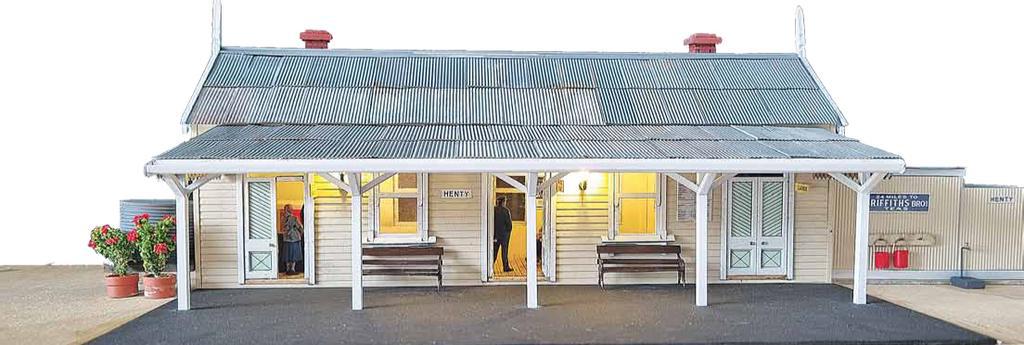
The track plan
The layout envelope occupies about 300m2, and much of that space will be devoted to representing the wide-open landscape of the South-Western district of Victoria. Most of the permanent way on the layout represents the lightly laid branch line that dates from the 1880s, together with five of the six stations located on that line and their adjoining townships. Although traffic on the branch was sparse, with only one or two trains a week in later years, the main line through Hamilton to the loco depot at Coleraine Junction, was much more active.
To provide the 'action' several hidden reverse loops will keep trains running on the main at regular intervals, whilst on the branch a much more sedate mode of operation will be in place. It is here that operators will run their trains, using traditional staff and ticket rules, around trains dispatched by the computer. The real branch had two staff sections: one from Branxholme to Merino, and the other from Merino to Casterton, whilst on the model, each intermediate station will be a staff station, to allow closer train running and opposing crosses.
For the operator, the actual authority to proceed will be displayed on computer tablets, in conjunction with Digital Command Control (DCC) throttles. Turnouts and signals will be controlled using a DCC throttle or tablet, or by buttons on the fascia. Whatever method is used, an interlocking lockout system will be employed to prevent operators making conflicting moves. Basically, if the light is green, you can change the points, but if it's red, it doesn't matter how many times you press the button. This feature will be important when the layout is in 'display' mode, as without it, mischievous kids (big






